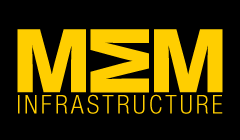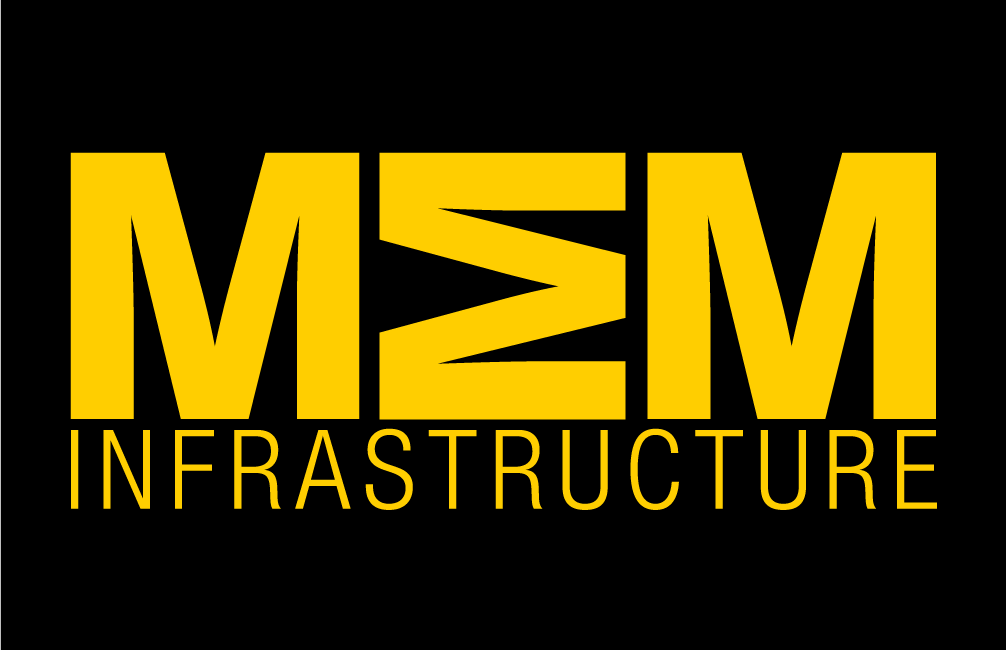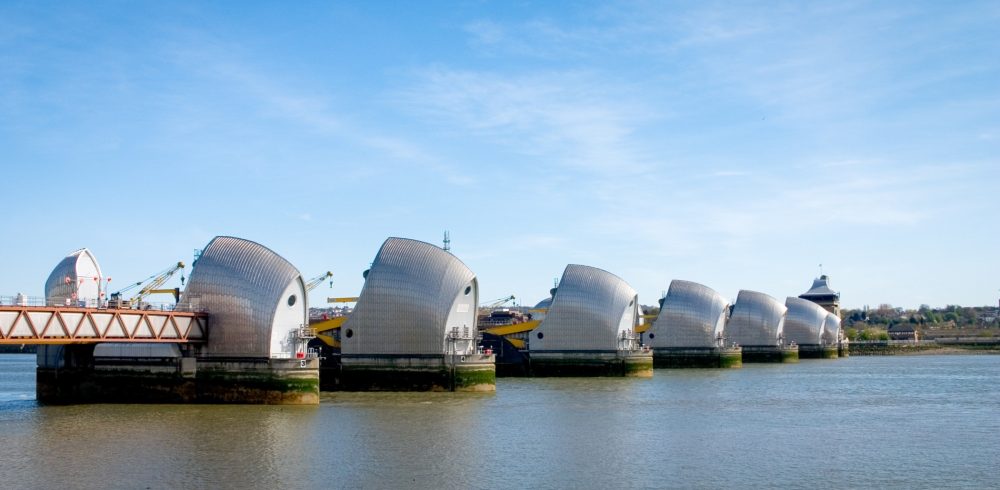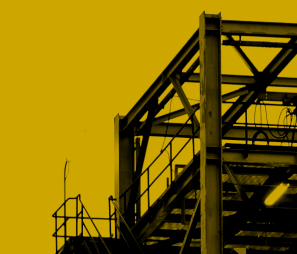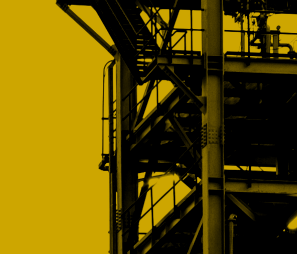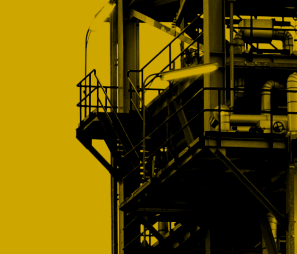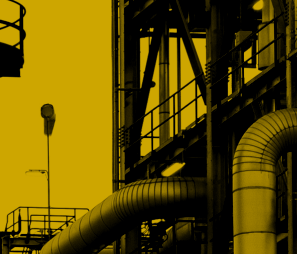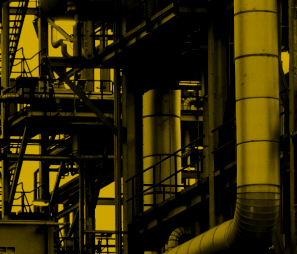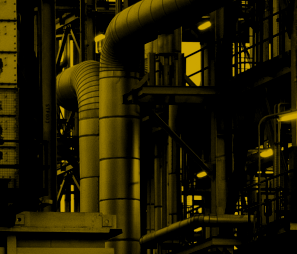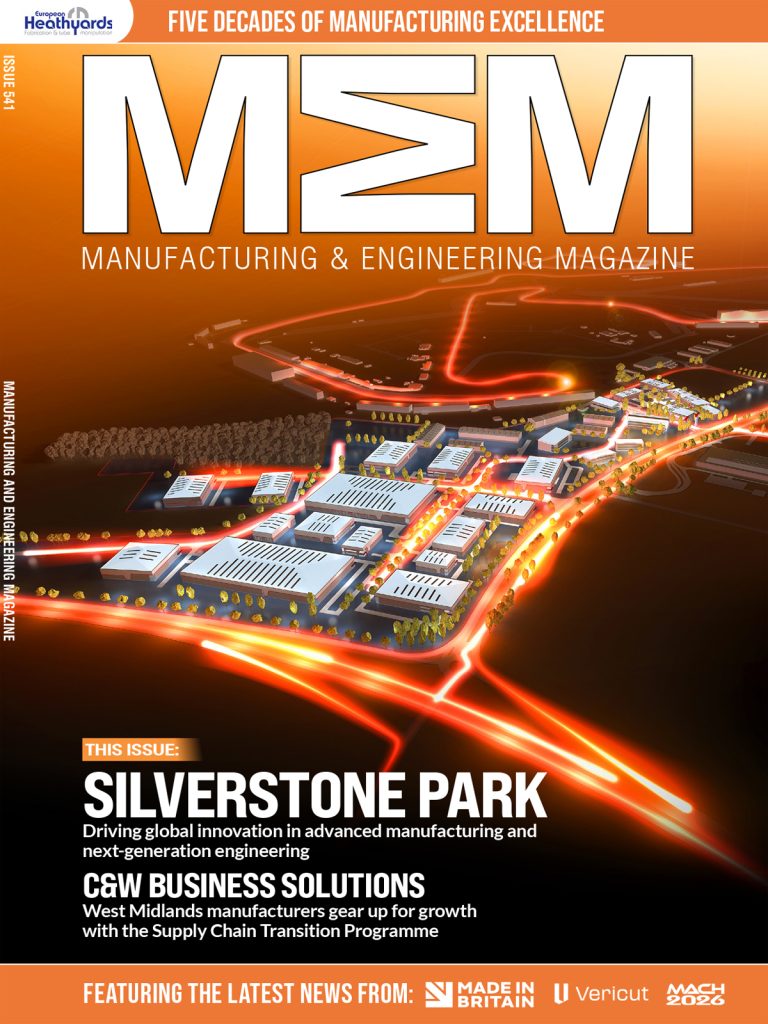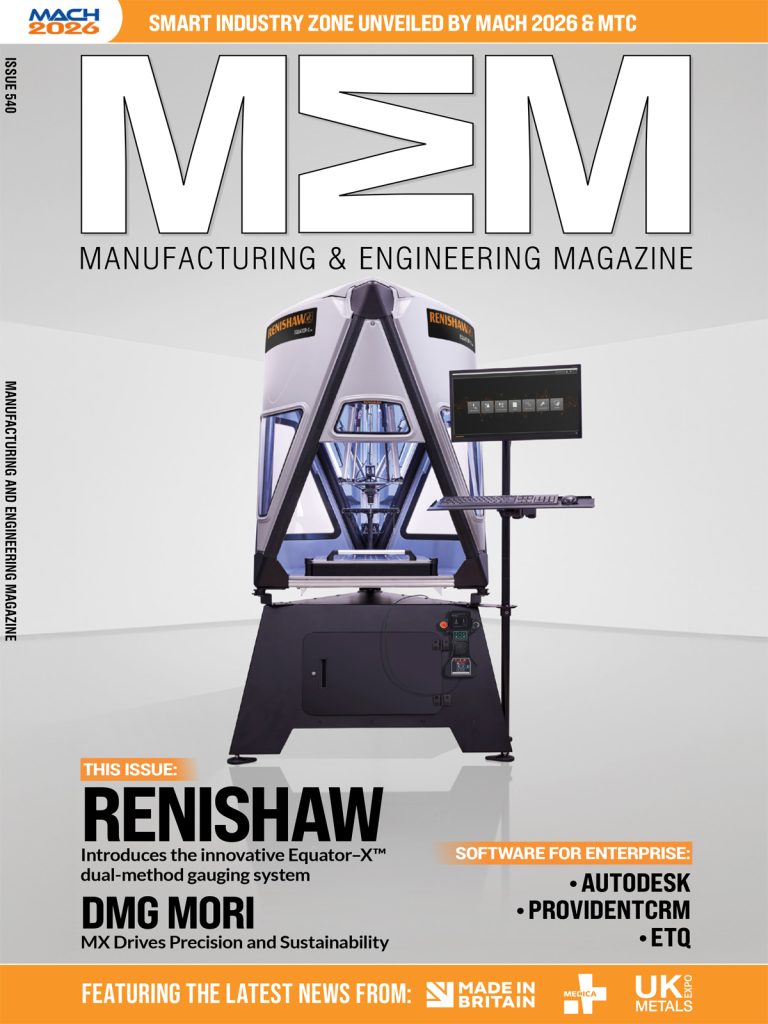No two power plants operate under the same conditions. From voltage regulation requirements and backup redundancy to environmental constraints and grid behaviour, each site demands a tailored approach. Here, Ryan Kavanagh, director at excitation design specialist EES, outlines how the company designs bespoke excitation panels to meet plant-specific needs — whether in a gas turbine station, hydro plant or industrial facilities.
Powerplants, whether newly constructed or undergoing retrofits, face unique challenges that demand customised excitation system solutions. Infrastructure constraints, such as limited space and legacy cabling, often necessitate compact and adaptable systems and components. For example, retrofitting excitation systems into existing plant layouts may require panels that fit in tight spaces and align with existing generator specifications.
Grid codes such as NESO’s impose stringent requirements on excitation systems, including rapid response times and fault ride-through capabilities. These standards ensure that excitation systems can maintain stability during grid disturbances, which is crucial for the reliable operation of power plants and the wider power systems.
Environmental conditions further complicate system design. Coastal sites require excitation systems that can withstand high ambient temperatures, corrosive salt air and seismic activity. Some conditions necessitate the use of marine-grade enclosures, EMC filtering and seismic certification to ensure system reliability and longevity.
Moreover, operators increasingly demand real-time performance data for monitoring purposes. However, cyber security concerns often limit the feasibility of remote-control access. Therefore, secure, read-only SCADA data streams become essential for providing the necessary insights without compromising system security.
Budget constraints, particularly in industrial sectors like cement and oil and gas, further influence system design. These industries often prioritise modular, serviceable systems over full redundancy, balancing cost and reliability to meet their specific operational needs.
Building excitation systems around site realities
Retrofit and new build projects begin with detailed site surveys. These often include thermal imaging and cabling inspections to identify any physical or electrical constraints. This ensures that the excitation system design fits the unique requirements of each site.
Modular, scalable excitation systems are then designed to match the required redundancy level, balancing reliability and complexity.
Once the design is finalised, the next priority is proving that the system will perform as intended in the field. This validation stage can include secondary injection tests alongside closed-loop trials using synchronous motor-generator sets to assess performance under realistic operating conditions
These validation measures can then be expanded through hardware-in-the-loop testing, which simulates grid faults and provides insight into how systems respond to dynamic events. This helps operators see how design will behave in real world fault scenarios before operations
To address cybersecurity concerns, secure live data feeds are provided to client SCADA systems without allowing remote control access. Designs are continuously updated to reflect evolving grid codes and operational feedback. For example, a recent refinery retrofit successfully integrated modular excitation with partial redundancy and live data streaming, supported by comprehensive testing and simulation.
EES has supplied excitation systems for sites with significant spatial and environmental constraints. At the Thames Barrier, the original 1970s cubicles housing the emergency diesel generator controls could not be removed due to the underground installation.
To meet the constraints, EES removed the existing internal components and installed new systems within the same steelwork, working to a footprint of just 400 x 1000mm This allowed the barrier’s generation systems to be modernised without requiring structural changes.
Similarly, at a UK cement facility, ambient dust and high temperatures presented a challenge for cooling and enclosure design. Raising the cubicles to create passive airflow was not viable due to dust ingress risk. Instead, EES specified forced-air cooling with fan-assisted ventilation and integrated high-grade filters to protect internal components while managing thermal load.
Both cases reflect the need to adapt excitation system designs to practical site conditions, rather than relying on standard configurations.
Every power plant operates within its own set of challenges, and addressing those challenges starts with a system designed specifically for them. Whether its adapting to legacy infrastructure, meeting evolving grid codes or maintaining resilience in harsh environments, excitation systems must be tailored from the ground up.
To learn more about how tailored excitation systems are designed to meet site-specific environments, explore EES’s approach to bespoke excitation solutions.
Manufacturing & Engineering Magazine | The Home of Manufacturing Industry News
